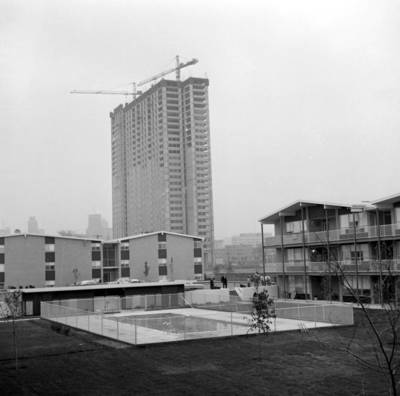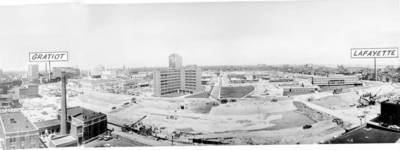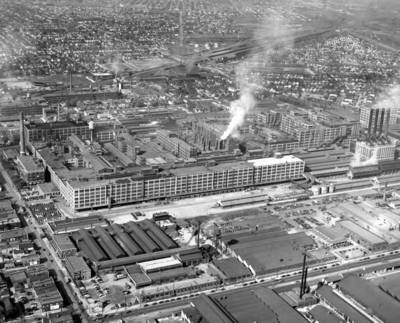Day 1: Introduction to Urban Renewal and Primary Source Practice
Standard
6 – G5.2.1 Analyze the effects that a change in the physical environment could have on human activities and the actions people would be required to make (or would choose to make) in response to the change.
Objective
-
Students will be able to observe the impacts of urban renewal on Detroit.
-
Students will be able to define urban renewal.
-
Students will be able to compare and contrast areas of Detroit affected by urban renewal, (Dequindre Road.)
Instructional Activity:
A. Introduction – Engaging Students, Activating Prior Knowledge, and Setting Lesson Goals 5 minutes needed
-
To engage students, the lesson will be introduced with the lesson goal #2, such as starting with discussion about what students think urban renewal is. Students will share their ideas of what they believe urban renewal is, discuss how it may affect people living in urban areas, and how communities in urban areas may feel about this topic. The teacher will record students' thoughts on the white board.
-
The teacher will have a short conversation on what urban renewal is (“the redevelopment of areas within a large city, typically involving the clearance of lower class areas.”), how it has affected the Detroit area and how it has changed people's life in Detroit.
-
Students will be asked to share their own experience related to urban renewal, if any.
B. Instructional Sequence: Engaging Students in Actively Constructing Deep Understanding 35 minutes needed
-
The teacher will then explain to students that they will be looking at old (archived) images of Dequindre Road and new (present day) images of Dequindre Road, comparing and contrasting what they see.
-
Students will then be led into the second section of the lesson where they will work with a partner chosen by the teacher (students will be paired according to the support they need.)
-
Students will discuss and fill out the venn diagram. During this time period, the teacher will walk around the room and listen to each group's conversation carefully and provide suggestions if needed.
C. Closure –Summarizing and Synthesizing Students’ Learning 5 minutes needed
At this point groups will be encouraged to share their Venn diagram with their classmates and the reasoning of why they decided to talk about certain differences and similarities. After each group is done presenting, the audience (students) will be encouraged to give each group feedback.
After each group has presented their venn diagrams, the teacher will tie up loose ends, and correct misunderstandings about urban renewal and its effects specifically on Dequindre Road.
Assessment (Formative)
The teacher will assess students one their definitions of urban renewal and how it impacts people/communities during class discussion.
Students will fill out a venn diagram comparing archived and current images of the Dequindre Road area. They will then present these to the class.
Preparation:
Students will need:
-
Paper and pencils.
-
Blank Venn Diagrams.
-
Access to online or physical dictionaries (if they feel it is needed)
-
Research Notebooks.
Teachers will need:
-
Copies of Venn Diagram (one blank and one with possible comparison and differences students come up with.)
-
Archival images of the Dequindre Road area (see below)
-
White board and markers.
Sources (click image to enlarge)



